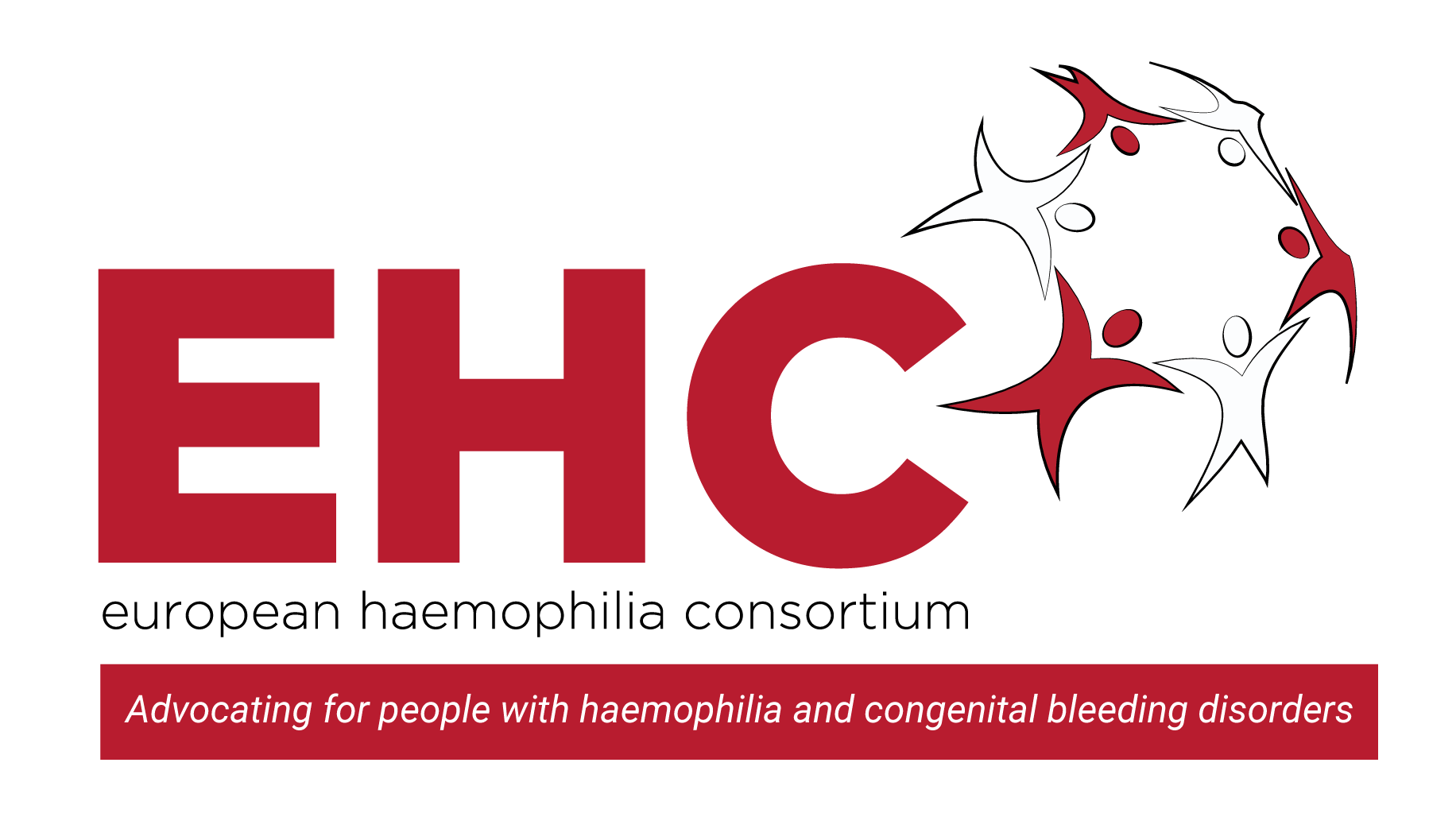Novel haemophilia therapies are undoubtedly transforming the current treatment landscape into an opportunity for better health outcomes for patients but also, into an area full of unknowns. If there are price differences between standard half-life (SHL) and extended half-life (EHL) factor VIII (FVIII) treatment and it is possible to achieve the same trough levels with both – which will be more economically valued? If increasing the dose of SHL products can mean higher trough levels but EHL products bring the promise of less infusions – are we measuring the right outcomes? If novel medicines can effectively lead to turning severe haemophilia into mild haemophilia – will they undermine the importance of comprehensive care? Along with better efficacy, do they bring risks?
As with every change, moving forward with EHLs, novel non-factor replacement treatments and gene therapy will require, in the first place, education for patients, doctors, policy-makers, pharmaceutical companies and health care workers. To create this network of education, on February 28th, the European Haemophilia Consortium (EHC) held its first-of-the-year Round Table of Stakeholders on ‘Economics and Access, Health Care Systems and Novel Therapies’ in the European Parliament in Brussels. Over 40 participants representing the above-named stakeholders joined the conversation on novel haemophilia treatments and the changing landscape they are bringing on a political and economic level. Chairing the event, Member of the European Parliament (MEP) Norica Nicolai was joined by her colleagues MEPs Dr Miroslav Mikolášik and Dr Cristian Bușoi in support of the rare bleeding disorders community and to provide input on what political action needs to be taken to effectively steward the research, regulatory and policy-making landscape through this next phase of haemophilia treatment.
Speakers at the Round Table stressed that it is also important to acknowledge that while discussions around new therapies are crucial, we must not miss the opportunities that the treatments we now have in front of us hold. Current standard of care has brought along increased affordability, availability, access and personalisation of treatment, which was the wish list just a short amount of time ago. Being distracted with what will happen in the years to come threatens optimising these opportunities that have translated from a wish list to reality.
Below you can find documents provided during the event. All pictures from the event can be viewed on the EHC Facebook page.
- Agenda
- Speakers’ biographies
- List of Participants
- Round Table report
- Presentations:
You can also find an article summarising the discussions held during the event in the EHC May 2018 Newsletter, available here.
Pictures from the day can be viewed on the EHC Facebook page.




